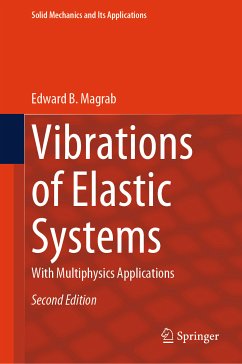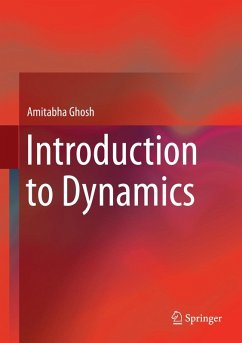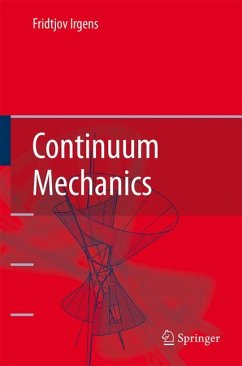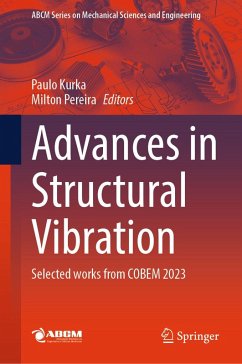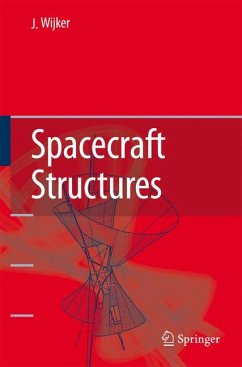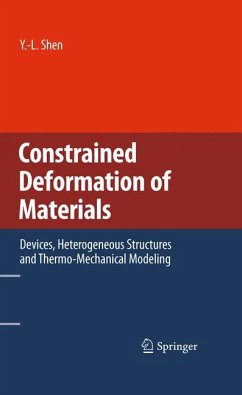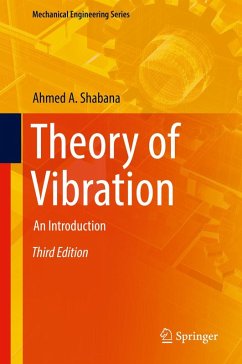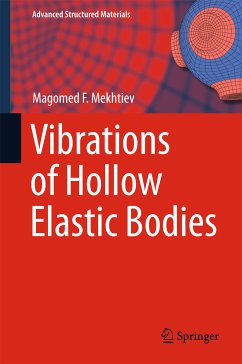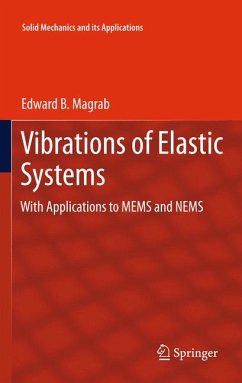
Vibrations of Elastic Systems (eBook, PDF)
With Applications to MEMS and NEMS
Versandkostenfrei!
Sofort per Download lieferbar
161,95 €
inkl. MwSt.
Weitere Ausgaben:

PAYBACK Punkte
81 °P sammeln!
This work presents a unified approach to the vibrations of elastic systems as applied to MEMS devices, mechanical components, and civil structures.Applications include atomic force microscopes, energy harvesters, and carbon nanotubes and consider such complicating effects as squeeze film damping, viscous fluid loading, in-plane forces, and proof mass interactions with their elastic supports. These effects are analyzed as single degree-of-freedom models and as more realistic elastic structures. The governing equations and boundary conditions for beams, plates, and shells with interior and bound...
This work presents a unified approach to the vibrations of elastic systems as applied to MEMS devices, mechanical components, and civil structures.
Applications include atomic force microscopes, energy harvesters, and carbon nanotubes and consider such complicating effects as squeeze film damping, viscous fluid loading, in-plane forces, and proof mass interactions with their elastic supports. These effects are analyzed as single degree-of-freedom models and as more realistic elastic structures. The governing equations and boundary conditions for beams, plates, and shells with interior and boundary attachments are derived by applying variational calculus to an expression describing the energy of the system. The advantages of this approach regarding the generation of orthogonal functions and the Rayleigh-Ritz method are demonstrated.
A large number of graphs and tables are given to show the impact of various factors on the systems' natural frequencies, mode shapes, and responses.
Applications include atomic force microscopes, energy harvesters, and carbon nanotubes and consider such complicating effects as squeeze film damping, viscous fluid loading, in-plane forces, and proof mass interactions with their elastic supports. These effects are analyzed as single degree-of-freedom models and as more realistic elastic structures. The governing equations and boundary conditions for beams, plates, and shells with interior and boundary attachments are derived by applying variational calculus to an expression describing the energy of the system. The advantages of this approach regarding the generation of orthogonal functions and the Rayleigh-Ritz method are demonstrated.
A large number of graphs and tables are given to show the impact of various factors on the systems' natural frequencies, mode shapes, and responses.
Dieser Download kann aus rechtlichen Gründen nur mit Rechnungsadresse in A, B, BG, CY, CZ, D, DK, EW, E, FIN, F, GR, HR, H, IRL, I, LT, L, LR, M, NL, PL, P, R, S, SLO, SK ausgeliefert werden.



